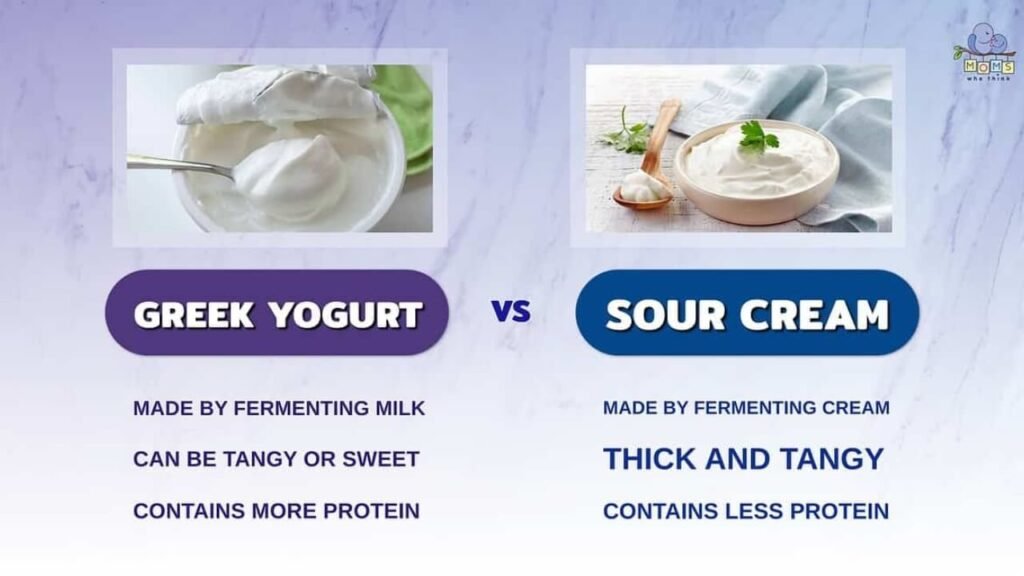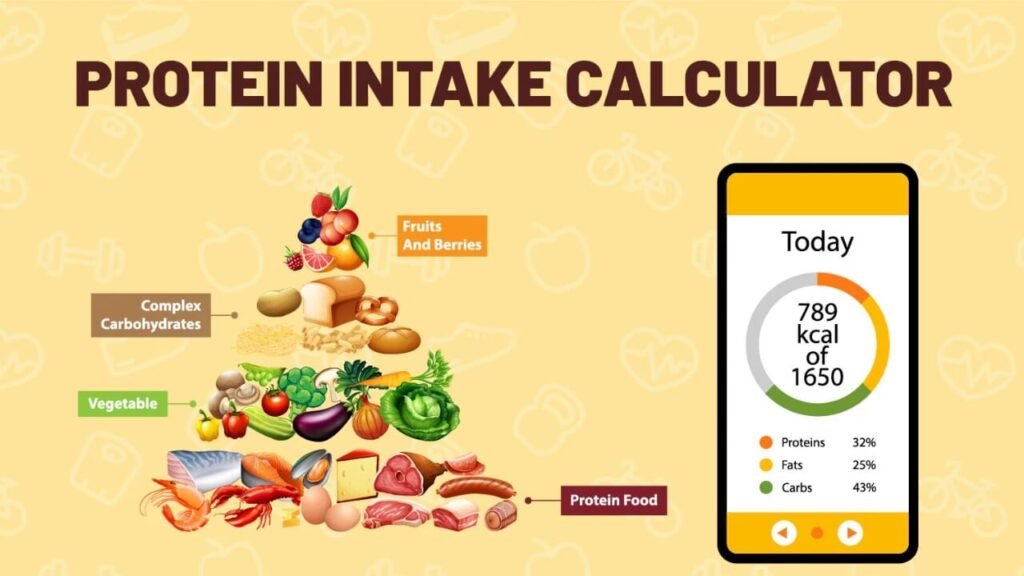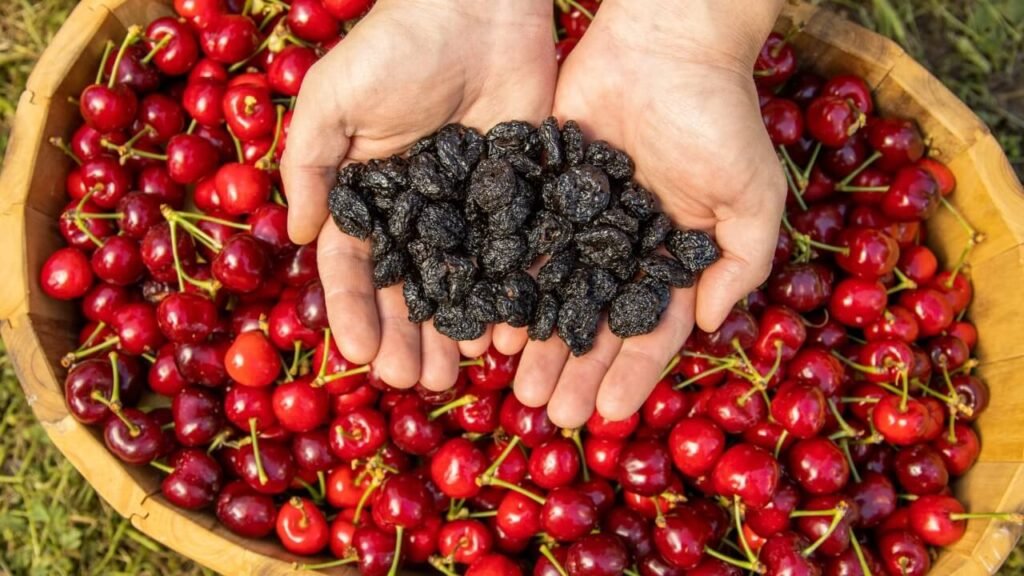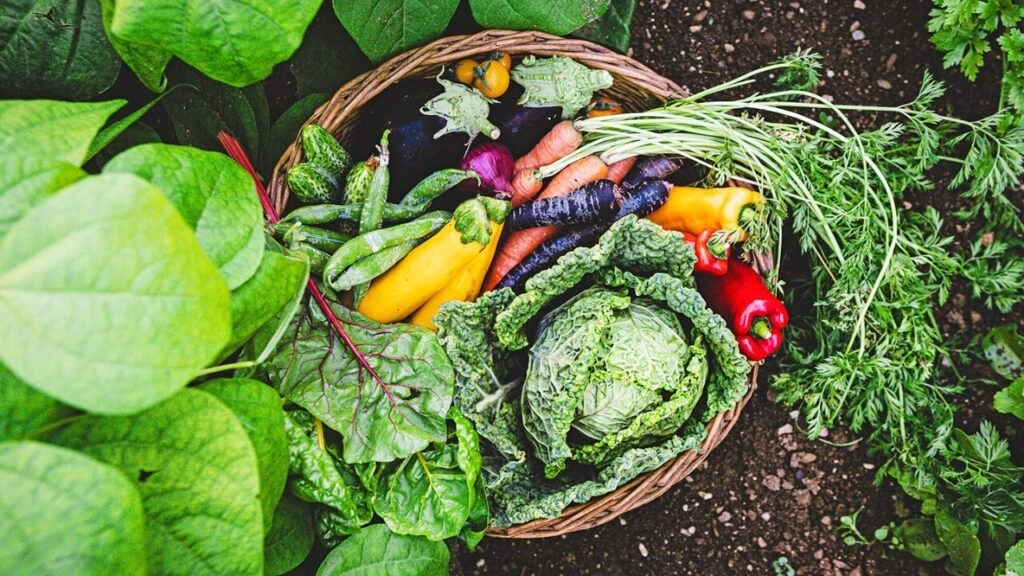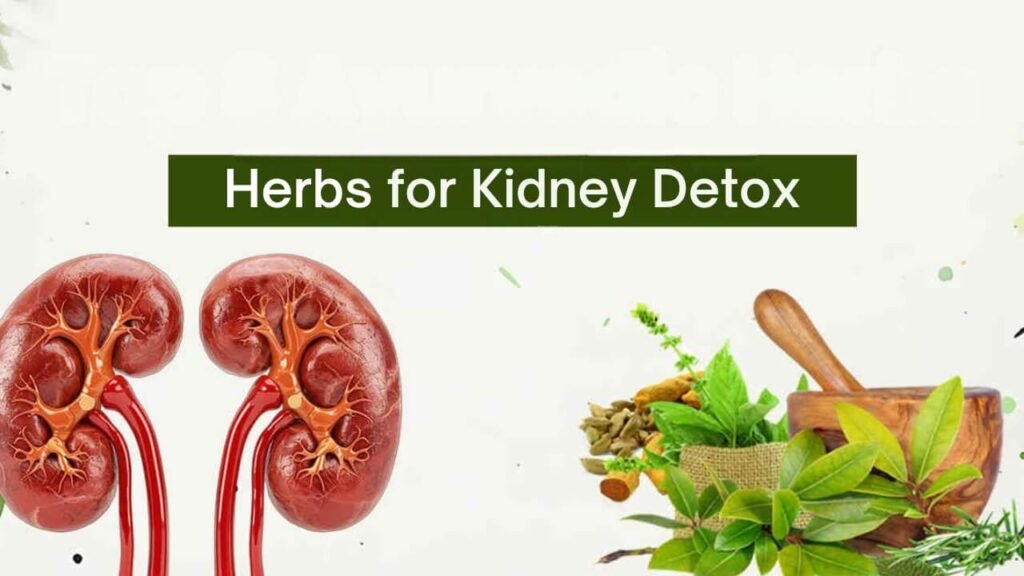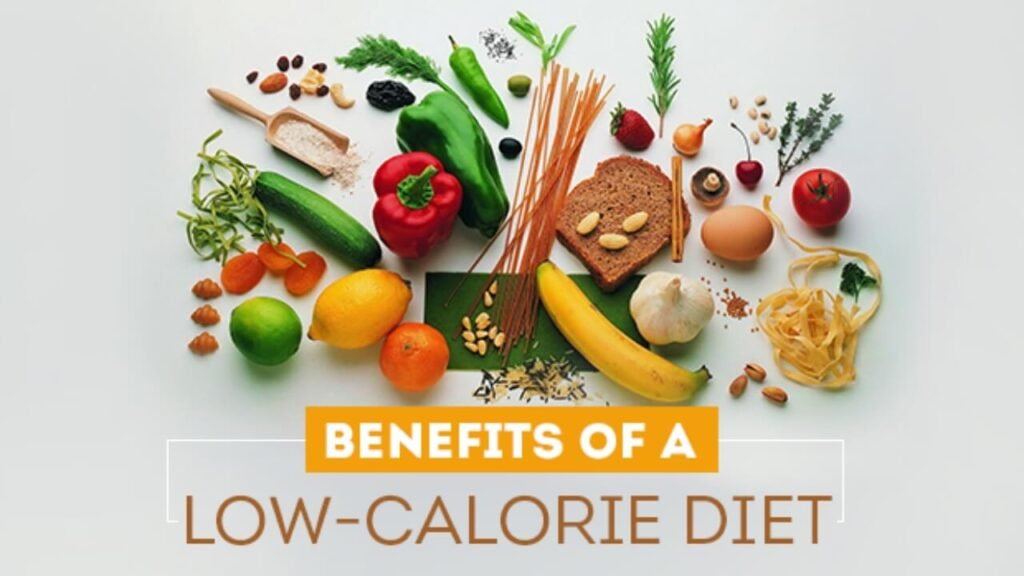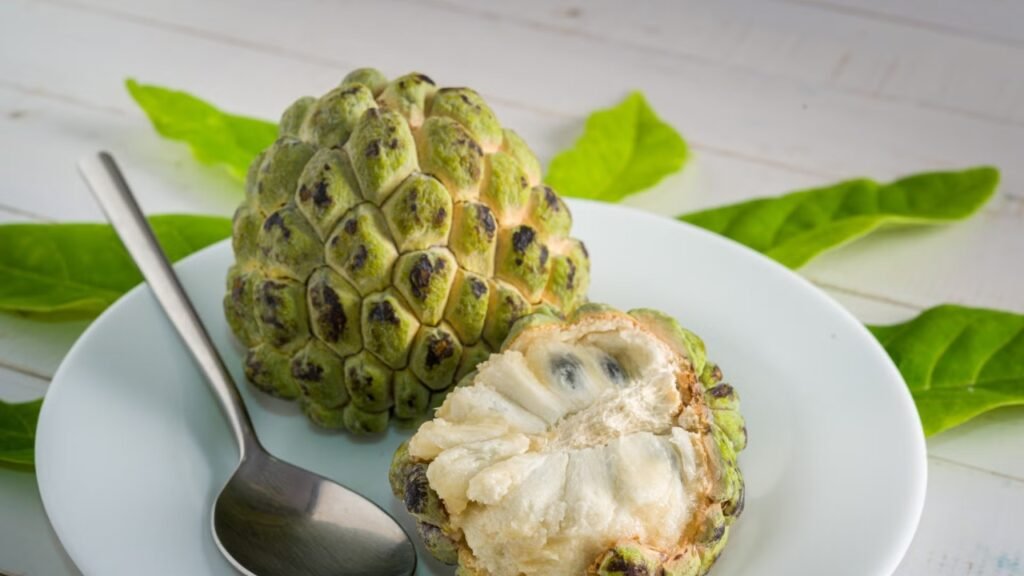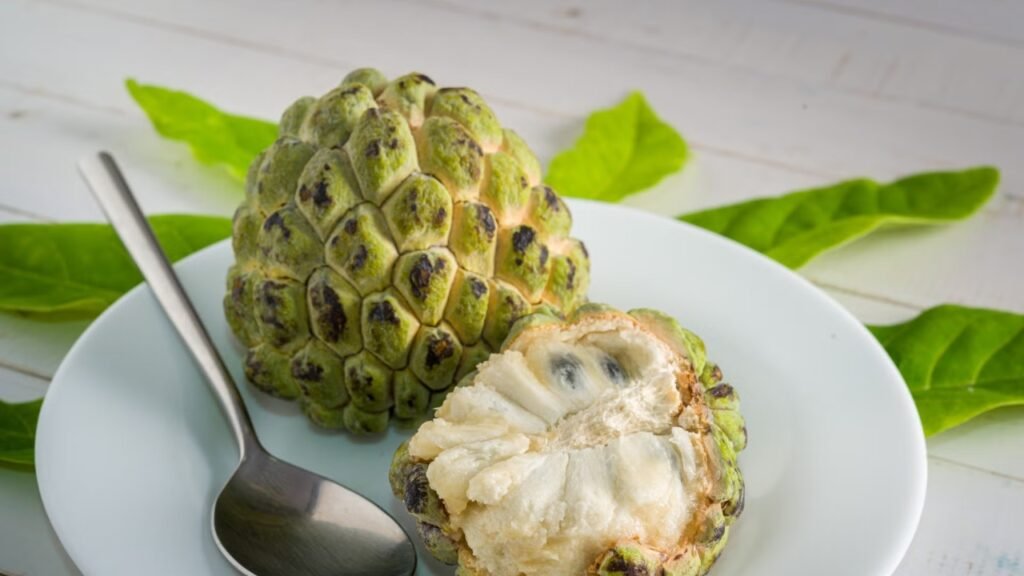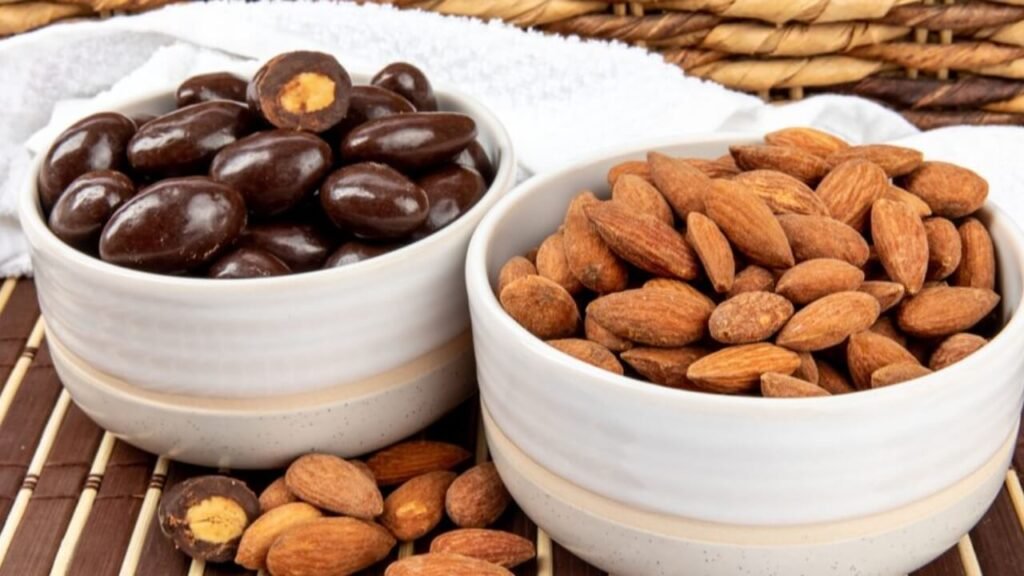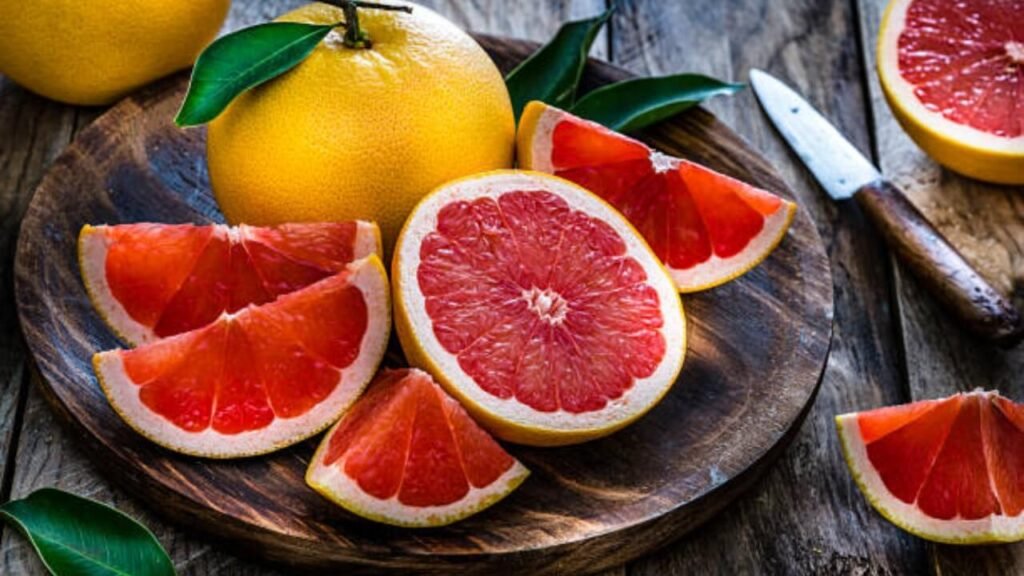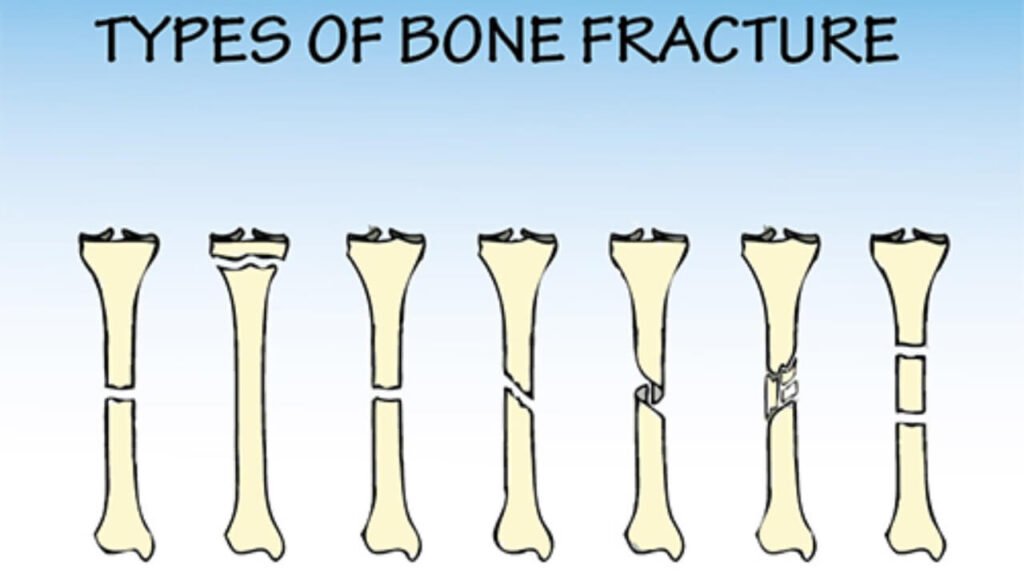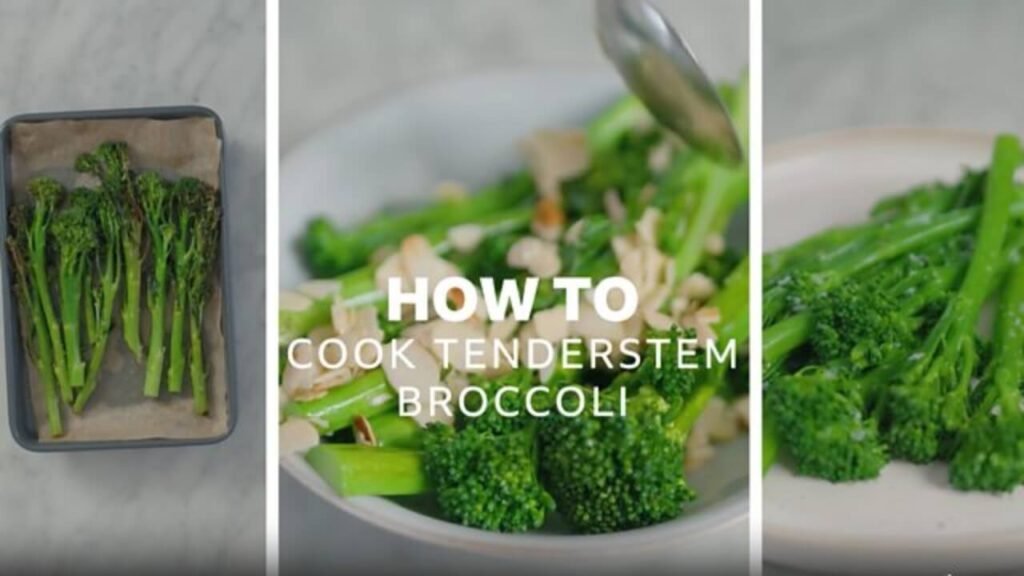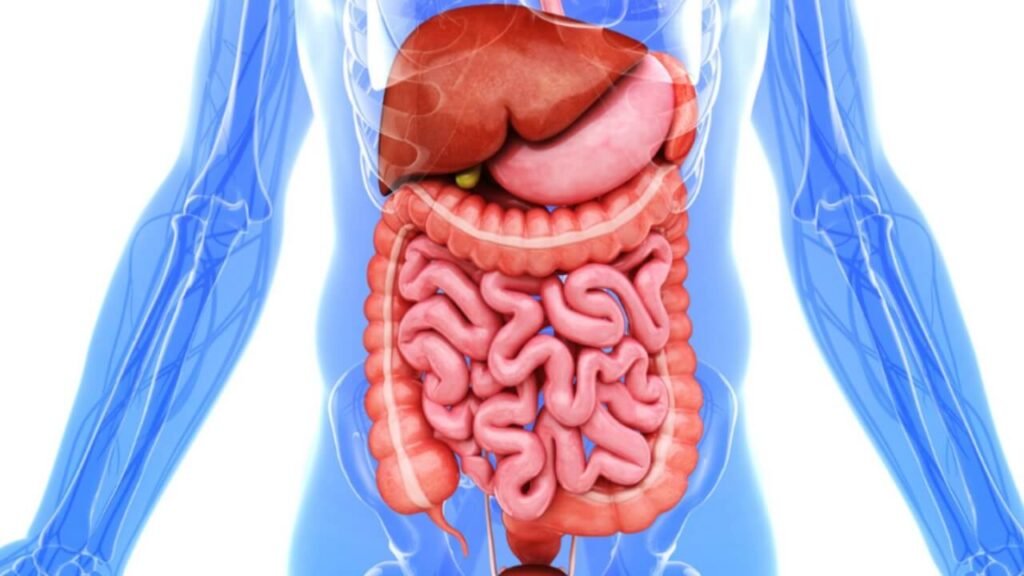“Eat to Beat Disease: A Guide to Disease-Fighting Foods”

When it comes to maintaining good health, many people underestimate the power of food. The idea of “eating to beat disease” goes beyond just filling our stomachs—it’s about choosing the right foods that help our bodies fight illness and thrive. In this article, we will explore the connection between food and health, the role of certain foods in preventing and fighting diseases, and how you can begin to incorporate disease-fighting nutrition into your lifestyle.
Understanding the Power of Nutrition
The foods we eat can either contribute to the development of chronic diseases or protect our body from them. Disease prevention is not just about avoiding harmful substances, but also about consuming nutrients that help our body strengthen its defenses.
Eating a healthy, balanced diet provides our bodies with the necessary nutrients to repair and regenerate cells, combat infections, and maintain a strong immune system. By making conscious food choices, you can significantly lower your risk of developing diseases such as heart disease, diabetes, and certain cancers.
The Science Behind “Eat to Beat Disease”
The phrase “Eat to Beat Disease” refers to using food as a tool for disease prevention and management. There’s substantial scientific evidence supporting the idea that certain foods possess powerful disease-fighting properties. These foods are rich in vitamins, minerals, antioxidants, and other bioactive compounds that help reduce inflammation, strengthen the immune system, and protect cells from damage.
The Role of Antioxidants in Fighting Disease
Antioxidants play a crucial role in fighting off disease by neutralizing free radicals—unstable molecules that can cause oxidative stress and damage cells, proteins, and DNA. Chronic oxidative stress is linked to the development of various diseases, including cancer, heart disease, and neurodegenerative conditions like Alzheimer’s.
Foods that are rich in antioxidants, such as berries, dark leafy greens, nuts, and seeds, help combat oxidative stress and reduce the risk of disease. These foods also support the body’s natural detoxification processes, helping to remove harmful substances that could contribute to disease.
How Inflammation is Linked to Disease
Chronic inflammation is another key factor in the development of many diseases, including arthritis, heart disease, and certain types of cancer. Consuming an anti-inflammatory diet can help lower inflammation in the body, reducing the risk of these diseases.
Foods such as fatty fish (like salmon and mackerel), turmeric, ginger, and olive oil contain anti-inflammatory compounds that can help calm the body’s inflammatory response. By including these foods in your diet, you can actively support your body in fighting inflammation and disease.
Disease-Fighting Foods to Include in Your Diet
When you “eat to beat the disease,” it’s essential to focus on nutrient-dense foods that can bolster your body’s defense mechanisms. Below is a list of foods known for their disease-fighting properties:
Berries
Berries, including blueberries, strawberries, raspberries, and blackberries, are packed with antioxidants. These powerful compounds help protect the body from oxidative stress, supporting immune function and lowering the risk of heart disease and cancer.
Cruciferous Vegetables
Cruciferous vegetables, such as broccoli, cauliflower, kale, and Brussels sprouts, contain phytochemicals that have been shown to reduce the risk of cancer. These vegetables are also high in fiber, which promotes digestive health.
Fatty Fish
Fatty fish like salmon, sardines, and mackerel are excellent sources of omega-3 fatty acids. Omega-3s are known for their anti-inflammatory properties and support cardiovascular health, brain function, and overall immunity.
Nuts and Seeds
Nuts and seeds are rich in healthy fats, protein, and fiber, and are packed with antioxidants and minerals. Almonds, walnuts, chia seeds, and flaxseeds are particularly beneficial for reducing inflammation, improving heart health, and supporting the body’s natural defenses.
Turmeric and Ginger
Turmeric and ginger are both natural anti-inflammatory powerhouses. These spices have been used for centuries in traditional medicine and have shown promising results in reducing inflammation and combating chronic diseases.
Leafy Greens
Dark, leafy greens like spinach, kale, and Swiss chard are loaded with essential vitamins, minerals, and fiber. They contain vitamin K, folate, and iron, which are essential for immune function, and are high in antioxidants that help fight oxidative stress.
Garlic
Garlic has been shown to have a broad range of health benefits, including its ability to boost the immune system, reduce cholesterol levels, and prevent heart disease. It contains sulfur compounds that are responsible for its disease-fighting properties.
Legumes
Beans, lentils, and other legumes are high in fiber and protein, which help stabilize blood sugar levels and improve heart health. They are also packed with antioxidants that protect cells from damage.
Building a Disease-Fighting Diet
Now that we know the key foods that help combat disease, how do we incorporate them into our daily meals? The key is to create a balanced, varied diet that includes a wide range of these nutrient-dense foods.
Meal Ideas for “Eating to Beat Disease”
- Berry Smoothie – Blend blueberries, spinach, chia seeds, and a handful of almonds with almond milk for a nutrient-packed, disease-fighting breakfast.
- Salmon Salad – Top a salad of mixed greens with grilled salmon, walnuts, and a turmeric-infused vinaigrette for a powerful anti-inflammatory meal.
- Lentil Soup – Cook lentils with garlic, ginger, and cruciferous vegetables for a heart-healthy, fiber-rich dish.
- Turmeric Rice – Make brown rice with a sprinkle of turmeric and a drizzle of olive oil for an easy side dish that helps combat inflammation.
Food Preparation Tips
- Meal prep: Set aside time each week to prepare disease-fighting meals in advance, ensuring that you always have healthy options available.
- Cook with herbs and spices: Enhance the flavor of your dishes while boosting their disease-fighting properties by using herbs like rosemary, thyme, and oregano, and spices like turmeric, ginger, and cinnamon.
- Make it colorful: Fill your plate with a variety of colorful fruits and vegetables to ensure you’re getting a wide range of nutrients and antioxidants.
How Eating to Beat Disease Can Improve Your Overall Health
By focusing on foods that promote health and fight disease, you’re not only helping to prevent chronic illnesses, but you’re also supporting your body’s overall well-being. A diet rich in disease-fighting nutrients can improve energy levels, enhance mood, boost cognitive function, and improve digestive health. You’ll find that eating for health is an investment in your future.
The Connection Between Food and Mental Health
Eating a balanced diet not only impacts physical health but also mental health. Studies show that diets rich in fruits, vegetables, and healthy fats are associated with lower rates of depression, anxiety, and cognitive decline. The nutrients from these foods support brain function, mood regulation, and mental clarity.
Conclusion: The Power of Eating to Beat Disease
Eat to beat disease is not just a trend—it’s a lifestyle choice that can drastically improve your health and prevent the onset of chronic conditions. By focusing on nutrient-dense, antioxidant-rich, anti-inflammatory foods, you can actively strengthen your body’s defenses and enjoy a higher quality of life.
Incorporating these foods into your daily meals doesn’t have to be complicated. Start small, make gradual changes, and focus on adding a variety of healthy foods to your diet. Over time, you’ll notice a positive impact on both your physical and mental health, and you’ll be one step closer to living disease-free.
Table: Top Disease-Fighting Foods and Their Benefits
| Food | Key Benefits |
|---|---|
| Berries | Rich in antioxidants, supports immune function, heart health |
| Cruciferous Veggies | Helps reduce cancer risk, promotes digestive health |
| Fatty Fish | Reduces inflammation, supports heart and brain health |
| Nuts & Seeds | High in healthy fats, reduces cholesterol, supports immunity |
| Turmeric & Ginger | Natural anti-inflammatory, supports joint and digestive health |
| Leafy Greens | Rich in vitamins, improves immune function, boosts energy |
| Garlic | Boosts immunity, reduces cholesterol, fights infection |
| Legumes | High in fiber, stabilizes blood sugar, improves heart health |
By focusing on a nutrient-rich, disease-fighting diet, you’re doing more than just eating—you’re investing in your health and future.



